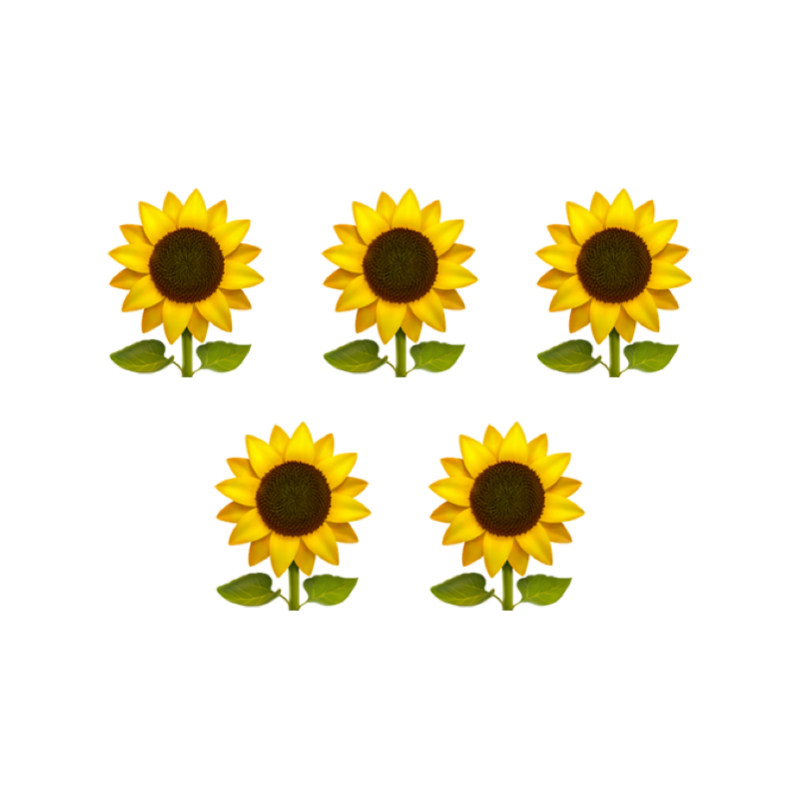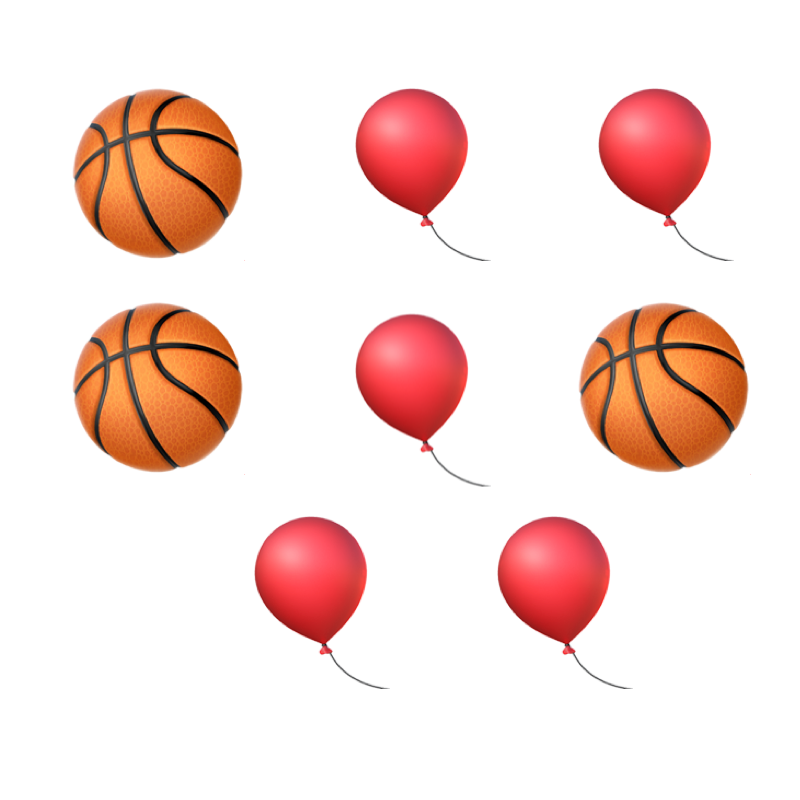
what you'll learn...
overview
This page explains that fraction can be a part of a whole or can be a part of a group.
In the latter case, a fraction represents the number of objects / items out of a total number of objects.
In this, fraction represents
number of items, for every number of items in the whole group.
one or many

There are flowers in the picture.

Consider the enclosed picture. The total number of cars is 6. The number of red cars is 1. This is represented as a fraction . In this, the fraction represents count out of total numbers.
The fraction of blue cars in the picture is . In this, the fraction represents numbers out of total numbers.
A group of objects may be divided into sub-groups. The number of objects in the sub-group is represented as a fraction of the whole group.
In the given figure:
The Whole (total number of cars):
Fraction of red cars :
Fraction of blue cars :
Fraction of Yellow cabs :
A fraction is a part of a whole or a part of a group.
Fraction as a part of a group: A fraction represents the number of objects out of a total number of objects.
In this, fraction represents
number of items, for every number of items in the whole group.
examples

What fraction is basketballs in the group?
The answer is ''.
What fraction is balloons in the group?
The answer is ''.
summary
» Fraction of blue cars
 → cars together make a whole
→ cars together make a whole
→ " cars" is the given number
→ is the place value
Outline
The outline of material to learn "fractions" is as follows.
• click here for detailed outline of Fractions
→ Part of whole
→ Dividing a group
→ Fractions as Directed numbers
→ Like and Unlike Fractions
→ Proper and Improper Fractions
→ Equivalent & Simplest form
→ Converting unlike and like Fractions
→ Simplest form of a Fraction
→ Comparing Fractions
→ Addition & Subtraction
→ Multiplication
→ Reciprocal
→ Division
→ Numerical Expressions with Fractions
→ PEMA / BOMA